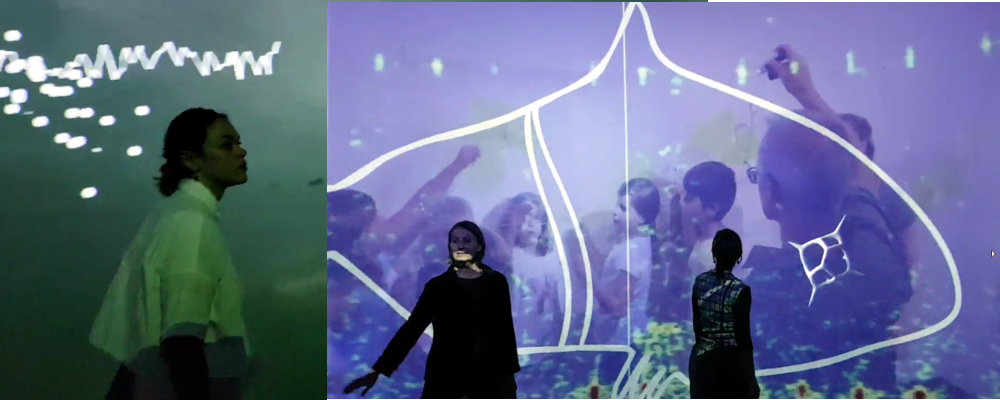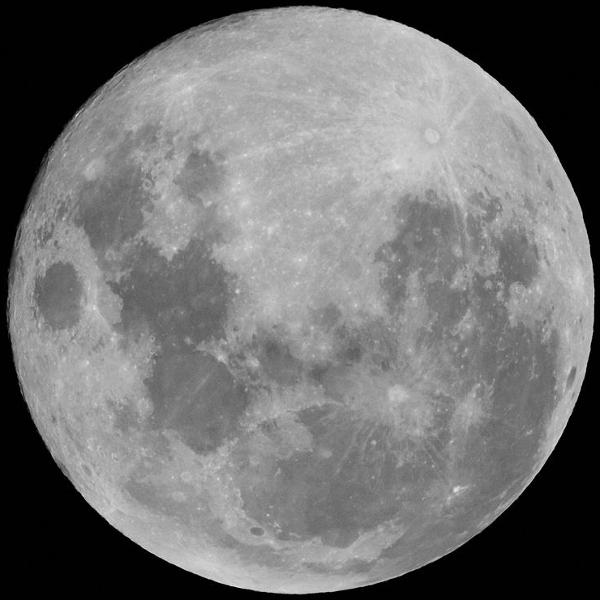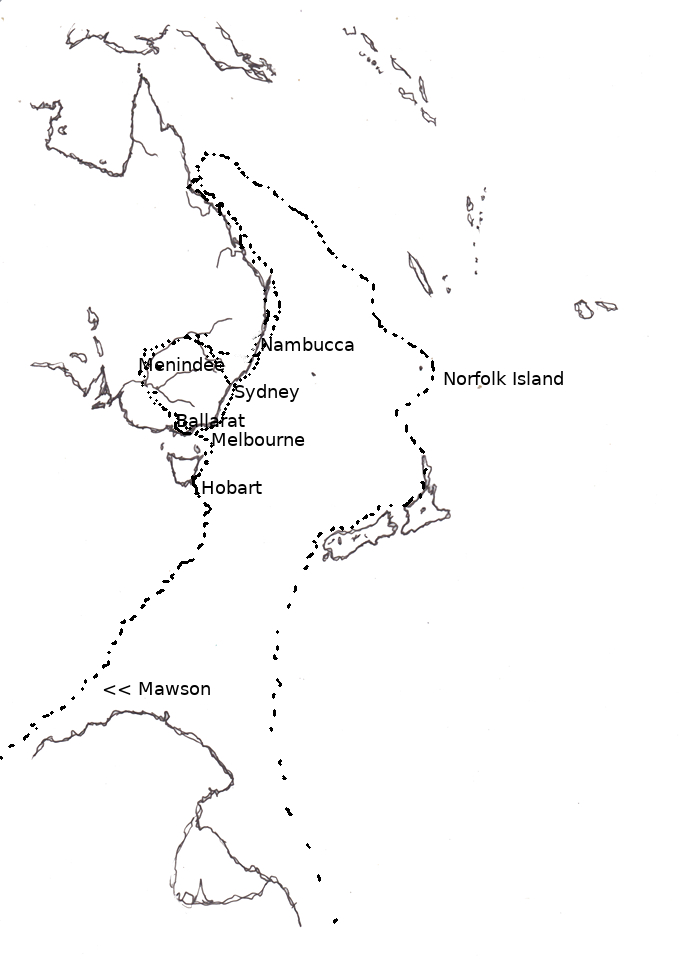Who are the story tellers?
Why the moon?
L-R: Living Data contributors Maddison Gibbs, Lisa Roberts, Katherina Petrou, William Gladstone Photos: Sandy Edwards, 2019

I, Lisa Roberts, build this library with material provided by Living Data Contributors whose stories are true to science as far as can be known from the evidence available, and are told in ways that appeal to the senses to give depths of meaning beyond words. Working on this project expands my thinking from that which shaped the 2001 publication, Roget's Circular, where stories were arranged according to categories of meaning defined by the Englishman Peter Mark Roget in his original 1852 Thesaurus.
The name, Lunar Time, was inspired by marine biologist William Gladstone (Bill) who asks, What happens under Antarctic sea ice at full moon? Bill seeks to know what changes in the mating dances of fishes are happening in relation to disruptions to natural climate patterns, and so I secured the domain name for use in our collaborations. Only since reading Tyson Yunkaporta and Bruce Pascoe do I realise the power of images of the lunar Antarctic sea ice cycles, to reflect the "intimate and immediate" response to country that Bill Gammage identifies as Indigenous. And so, to inspire in the reader an intimate and immediate sense of being immersed in lands and waterways where their stories are held and connected in space and time, library pages are being time-stamped with geo-positioning and Back stories to show information (where available) about whose stories are being told.









